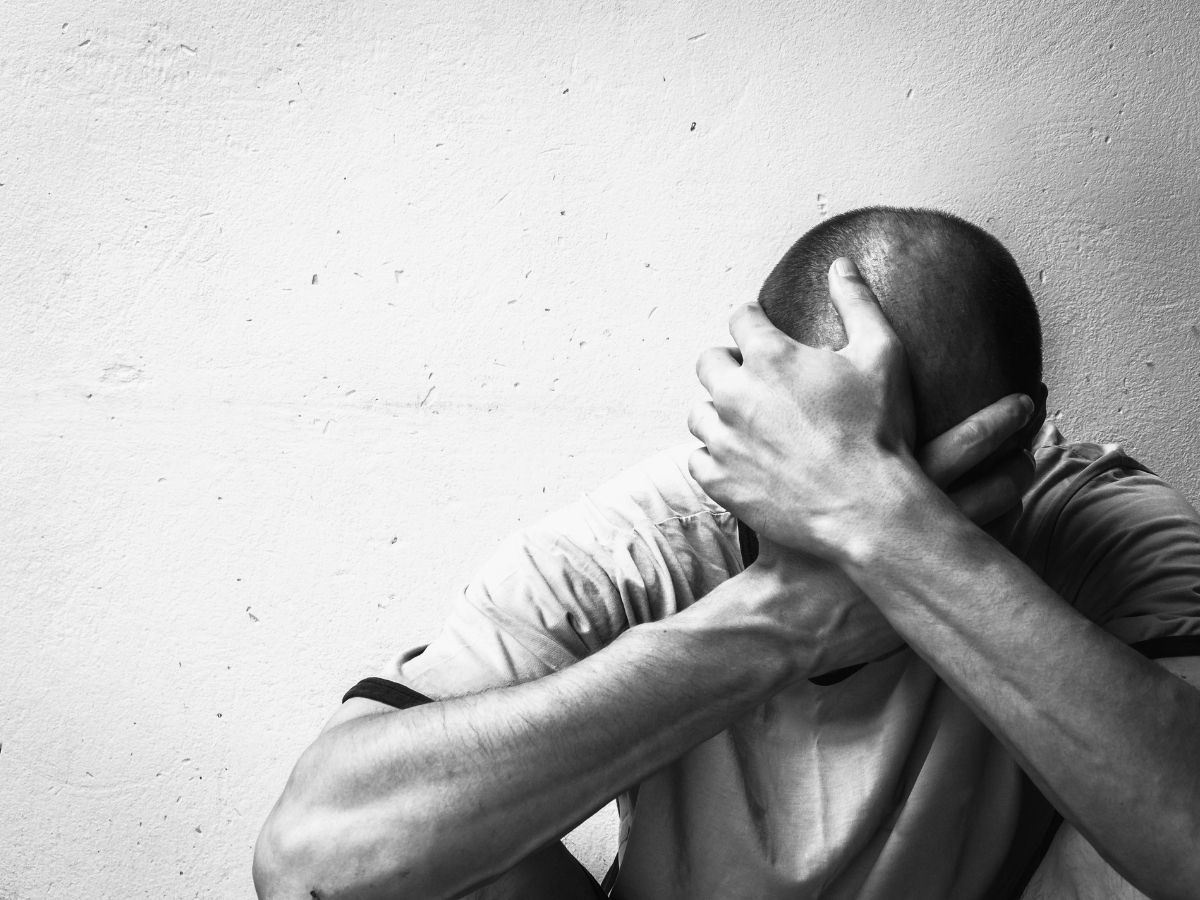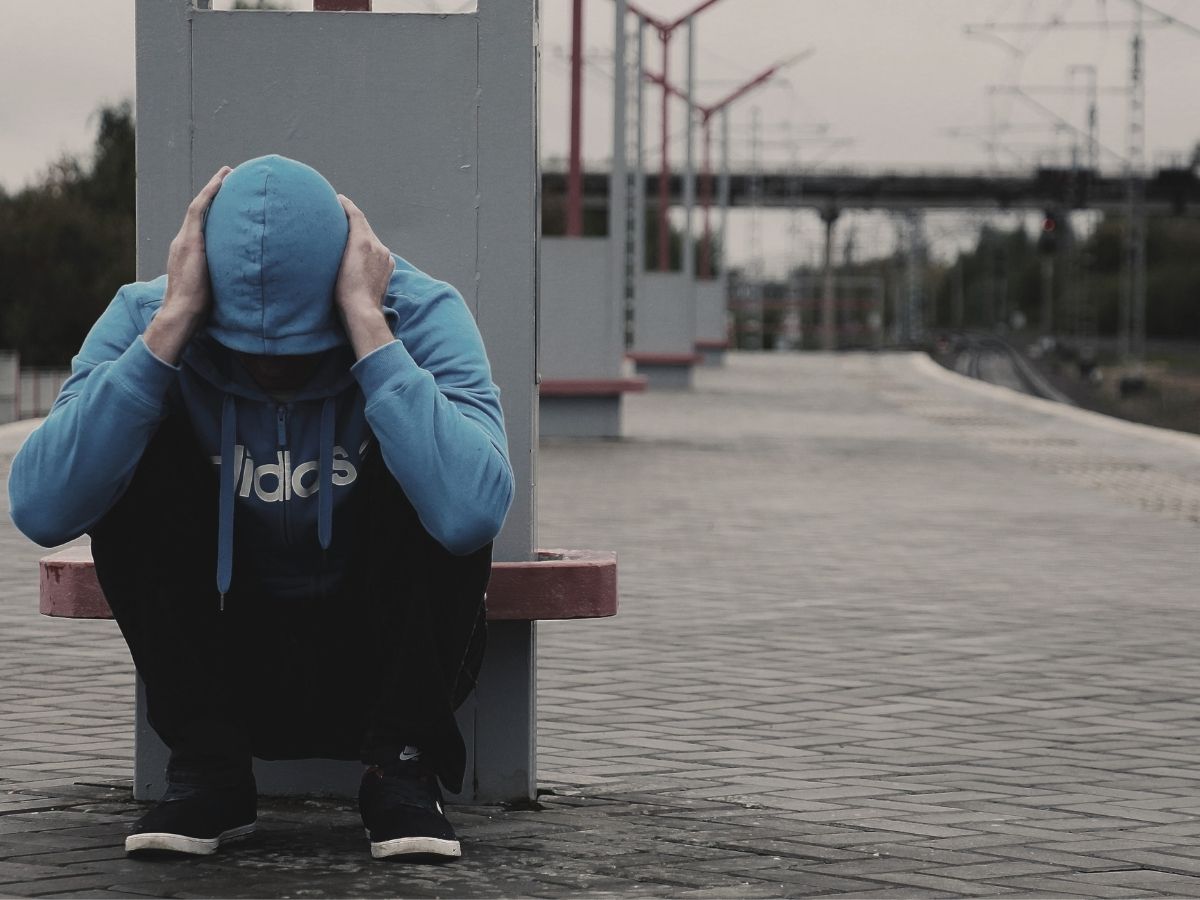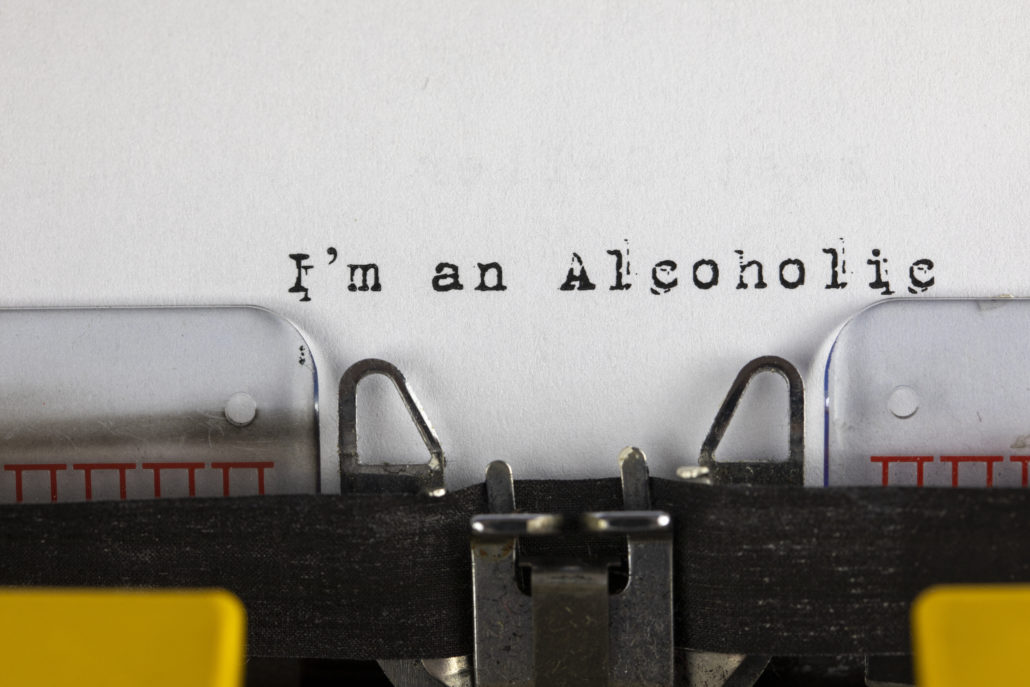Deviant Behaviour
Researchers from the National Center for Biotechnology Information defined drug abuse and deviant behaviour as any behavior that does not follow expected rules, beliefs, and norms according to the established standard of the society.
Hence, there are some acts considered deviant to certain cultures and not to others. Thus, categorizing what is deviant is always based on how society views, takes or describes deviant action. In addition, other researchers defined drug abuse and deviant behaviour as a structure of behavior that is contrary to the accepted norms and appears as unbalanced mental processes, violating self-realization and evading their own moral behavior and identity control. That is, applying unacceptable behavior and not allowing an individual to function effectively with others as a good member of society. [1]
Addiction And Dependence
Social disorganization (the breakdown of established institutions that provide social control) may similarly result in failing to bond with conventional institutions and values. Individuals without goals or family strain and with intact societal institutions available may not have been adequately socialized to adopt societal values, and may therefore turn to deviant peers, facilitating the development of drug abuse and deviant behaviour.
Causes Of Deviant Behaviour
Drug abuse and deviant behaviour can be formal or informal, and voluntary or involuntary. An involuntary violation of an informal norm is far less offensive than a voluntary violation of a formal norm. Reactions to transgressions against formal norms and values are external to individuals in the form of punitive action, such as fines or imprisonment. Reactions to informal deviance are typically internal to the individual.

Effects Of Deviant Behaviour
The most particular deviant acts of adults as well as of adolescents include those behaviors that significantly affect other people in a negative way, such as committing crimes and breaking laws; rape, robbery, theft, murder, juvenile delinquency, and assault; in school; bullying, vandalism, alcohol addiction, and drug misuse.
Some parents see their children’s drug abuse and deviant behaviour as an exaggerated way of rebelling and can be manageable in such times. However, these chances are always a risk. If this deviant behavior is not taken seriously, it might lead to some more serious acts such as anti-social behavior or crime.

Consequences Of Deviant Behaviour
A number of behavioral correlates of ecstasy/MDMA use have been identified, including engaging in deviant behaviors and having risky sex. In a large epidemiological study, recent-onset ecstasy use was significantly more likely to occur among adolescents and adults (18–34 years old) who engaged in deviant behaviors (i.e. attacking another person, carrying a handgun, selling drugs, stealing) during the past year compared with those who did not engage in those behaviors.
Higher levels of drug abuse and deviant behaviour indicated a higher likelihood of being a recent-onset ecstasy user, and associations were strongest with nonviolent deviant behaviors (e.g. selling illegal drugs and stealing). Associations between deviant behaviors and recent-onset ecstasy use were similar in strength to associations between deviant behaviors and recent-onset cocaine and marijuana use in this study, suggesting the existence of a common pathway from deviance to substance use onset. [2]
Sociology Of Deviant Behaviour
Individuals with strong family relationships and high family satisfaction are not prone to engaging in risky behavior. This also serves as a protector in negative life events such as emotional distress, risky behavior, violence, poor academic performance, and involvement in alcohol, cigarettes, and drugs. People lacking close family ties are prone to negative vices. Correspondingly, in collective cultures, pleasant relationships with others are considered more important compared to personal goals.
Conscientiousness is defined as traits that include: dependability, capability, accomplishment striving, accountability, self-control, and efficacy. Meanwhile, individuals with a high level of conscientiousness are viewed as well organized, good planners, achievement-oriented, have greater job satisfaction, and have positive social relationships. Individuals with high conscientiousness are inclined to be hard-working, well-organized, reliable, trustworthy, and firm; and those with low conscientiousness tend to be lazy, disorganized, unreliable, untrustworthy, and indecisive. On the contrary, presented that those unconscientious people exhibit criminal tendencies and link to positive attitudes toward delinquency. [3]
Drug Abuse Treatment
Someone struggling with drug abuse and deviant behaviour or a dual diagnosis must treat both conditions. For the treatment to be effective, you need to stop using alcohol or drugs. Treatments may include behavioral therapies and medications. Also, support groups can give you emotional and social support. They are also a place where people can share tips about how to deal with day-to-day challenges.

A good dual diagnosis drug treatment program and drug addiction therapy facility need to be able to treat both conditions without treating one as the sole cause of the other. Addiction is a complicated disease and no one thing is to blame for it. There are various options available to handle drug addiction therapy.
A good drug treatment program will offer several levels of therapy as well as multiple treatment options. This allows the rehabilitation facility to meet the individual needs of its patients.
Most programs begin with a detox process to remove the physical dependence on any substances then a residency program. This type of program can last as long as two months and is designed to provide intensive focused therapy in a controlled environment to help you get over the first hurdle and give you the tools necessary to face the cravings and temptations of everyday life.
During the inpatient treatment process, dual diagnosis cases are identified and treatment begins. The next step is an intensive outpatient drug treatment program that provides drug addiction therapy by meeting at the site several times a week for intensive therapy that can help you deal with what occurs in daily life. Finally, a standard outpatient therapy program provides the continued support necessary to maintain a sober condition.
Drug Abuse and Deviant Behaviour Often Result in Conditions that Are Characterized by Mental Illness, Including:
- Anxiety Disorders: A major threat to public safety is a significant rise in socially nervous disorders in the general population. Additionally, it has been determined that an increase in the use of marijuana is associated with interpersonal anxiety disorders. The co-occurring disorders are rather common in generalized anxiety disorders, social anxiety disorders, and severe panic disorders in people with the conditions above, particularly generalized anxiety disorders, social anxiety disorders, and severe panic disorders.
- Mood Disorders: In general, around 20% of the general public with a SUD also have bipolar disorder or depression. While several mood disorders will be observed during this period, many SUDs are likely to be assigned to at least one mood disorder.
- Personality disorders: Over 35% of patients with an alcohol or drug addiction have a personality disorder. In comparison, 15-20% of people in the normal population have a personality disorder, while 15%-50% of people in the “normal population” have personality disorders. Most SUD sufferers are diagnosed with co-occurring disorders such as paranoid personality disorder, dissociative identity disorder, borderline personality disorder, and obtrusive personality disorder.
- Posttraumatic Stress Disorder (PTSD): The Centers for Disease Control and Prevention (CDC) published a study that found people with PTSD were four times more likely to be suffering from substance abuse disorders when compared to people who did not have PTSD.
- Hyperactivity Disorder: According to one study, there is an association between ADHD and substance abuse, which means people with ADHD are at higher risk of substance abuse at a younger age. According to Brook and coworkers, diagnostic scores of ADHD, which are generally first discovered in teenage girls, are associated with increased risks of substance use disorders in adults, a condition known as co-occurring disorders. A person’s likelihood of abusing substances is positively correlated with the number of symptoms he or she demonstrates with attentional deficit hyperactivity disorder (ADHD). [4]
How We Can Help? Searched for “Texas inpatient consultants and addiction therapy Houston?” or are you seeking a national inpatient rehab destination?
Receive treatment for co-occurring disorders today.
As the addiction treatment community begins to realize that addiction is itself a mental disorder, the relationship between substance abuse and mental disorders becomes more complicated. The greater treatment community largely lacks a proper understanding of dually diagnosed conditions, so these conditions are still treated separately, or worse–not treated or diagnosed at all. The dual diagnosis treatment centers in We Level Up Florida, California, Texas, and New Jersey are some of the facilities that have professionals trained to help treat co-occurring disorders concurrently. This type of tandem treatment provides some of the best success rates.
Get dual diagnosis treatment for individuals struggling with drug abuse and deviant behaviour. Call us today!
Sources:
[1-3] Determinants of a Variety of Deviant Behaviors: An Analysis of Family Satisfaction, Personality Traits, and Their Relationship to Deviant Behaviors Among Filipino Adolescents – National Center for Biotechnology Information
[2] Deviant Behavior – https://www.sciencedirect.com/topics/social-sciences/deviant-behavior
[4] A Call for Standardized Definition of Dual Diagnosis – National Center for Biotechnology Information




